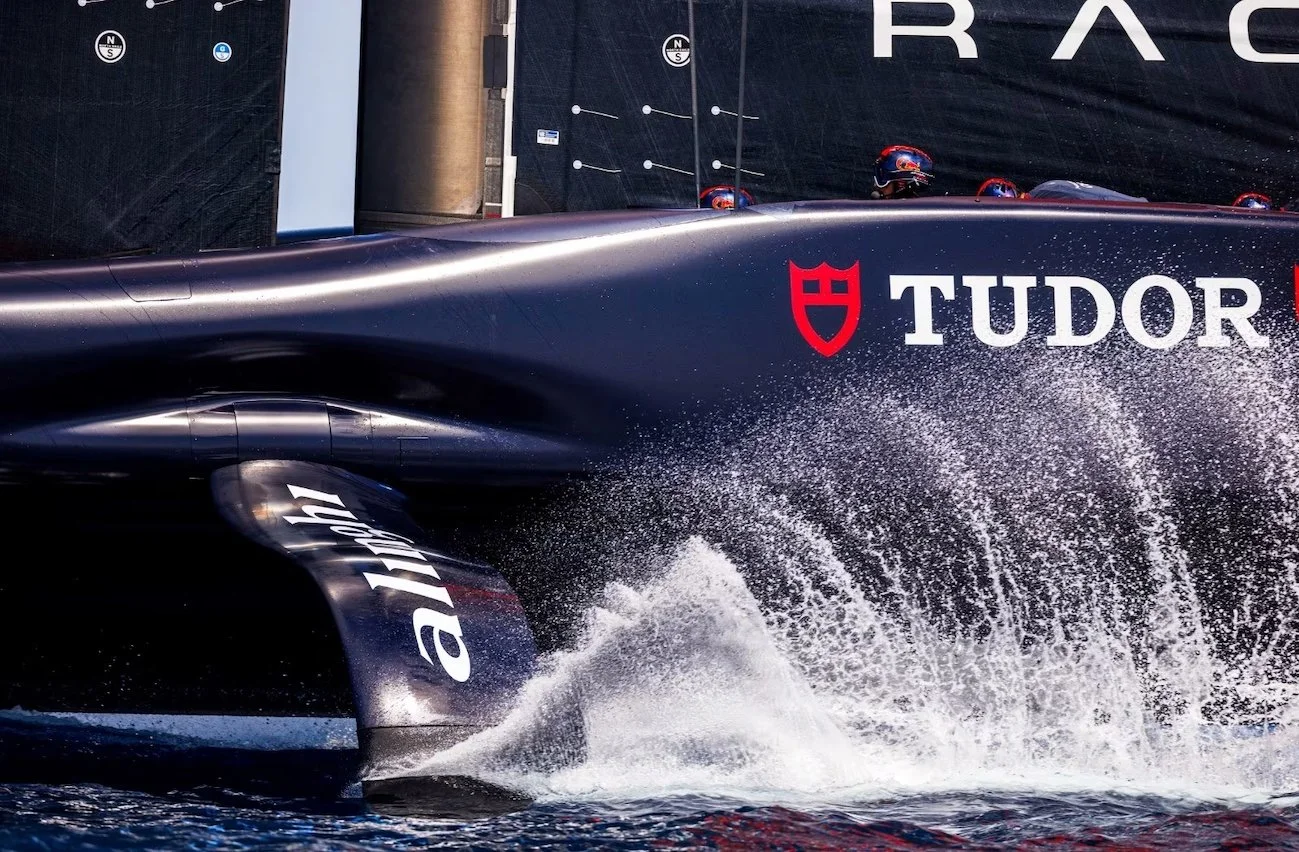After 10 years and 15 different clocks, the L’Epée 1839 X MB&F Albatross is by far the most technically audacious co-creation by the two companies. Totaling a whopping 1520 components, Albatross features a striking hour function —chiming both the specific hours on the hour and a single strike on the half-hour— and an automaton composed of 16 pairs of propellers that launch into action every hour. L’Epée 1839 has been a prominent clockmaking manufacture for 185 years. Today, it is the only manufacture in Switzerland to specialize in the production of high-end clocks. Founded in 1839 by Auguste L’Epée in Besançon, France, the company originally focused on producing music boxes and watch components. Even at this early stage, the brand was synonymous with entirely handmade pieces.
The brainchild of designer Eric Meyer, Albatross was inspired by the “Albatross” airship in Jules Verne’s novel Robur the Conqueror, but also more generally by the rockets and hot air balloons imagined by the French author, who had a fascination for flying objects. The works of Jules Verne have already inspired several MB&F creations, including the Legacy Machines collection and more specifically a series of Pièces Uniques based on the LM Split Escapement, engraved by Master Engraver Eddy Jaquet.
The clock’s technical specifications are impressive: 1520 components, 17kg, 60cm long by 60cm high, and 35cm wide. The aircraft springs into action as the clock strikes the hours and prepares for take-off with its 32 rotating propellers that whirl for about seven seconds.
Inside the aircraft are two movements and two winding systems; one powers the time and striking hour, thanks to two separate barrels, while the other provides the energy for the propellers, powered by a third barrel. The first is manually wound via the propellers at the front of the flying machine: clockwise for the striking hour and anti-clockwise for the time. The propellers at the backwind of the automaton. In terms of power reserve, the clock can run for an average of eight days —whether the chiming function is turned on or off— and the automaton for one day.
Not only is this the first “propeller hour” clock ever to be created, but it also has a mechanical system inside that allows its future owner to turn the action on or off, as desired. Thanks to the two movements, it is possible to have the propellers turn without the hour chime, and vice versa. There are also two “on demand” buttons to chime the time and/or turn the propellers separately.
A closer look at the propellers reveals that they work in pairs, turning together to give the impression that they are going faster. They turn at a speed of 7 seconds for half a turn, or 14 seconds per turn so that they always remain visible and don’t create any wind.
Arnaud Nicolas, CEO of L’Epée, had some fun working on this: “We had to make several attempts to find the correct power and speed for the propellers as our initial experiments caused chaos in the workshop: it was like a helicopter ready for take-off!”
The propellers on the left side of the spaceship turn one way, while those on the right side go the other way as if the ship were going to take off. Another detail to note is that when the hour strikes, the propellers operate instantaneously, attesting to the attention to detail that has gone into the Albatross’ creation.
As the “grown-up children” who worked on this creation remember only too well what they were like as youngsters, they have included fail-safes so that any unauthorized manipulation of the propellers won’t cause anything to break. They have also crafted a miniature cockpit, complete with a dashboard and ship’s wheel, behind the porthole to delight curious young eyes. At first, there was no plan for a dashboard in the boat’s cabin, but as soon as the idea of having a see-through element was discussed, they could not resist adding these secret details.
The clock is made from a mix of brass, steel, and aluminium and comes in a choice of five colours – blue, red, green, champagne, and black —all of which are limited to only eight pieces. The coloured parts are achieved using a translucent cold lacquer, a little like enamel, which allows the different finishing techniques to be perceived beneath. This colouring technique offers a superior depth compared to typical anodising treatments and took L’Epéeyears to perfect.
Albatross flies in a class of its own: combining an automaton creation with a precision chiming clock mechanism is particularly rare. This creation continues to fuel the spirit of exploration and adventure that was first imagined by Jules Verne many years ago, and will without a doubt inspire others as these airships take their place in homes across the globe. The MB&F Albatross X L’Epée 1839 measures 600 mm long x 350 mm wide x 600 mm high and has a total weight of 17 kilograms —approx 36 pounds.
Sticker Price CHF 119,000 Swiss Francs — approx USD 141,000. For more info on L’Epée here and for MB&F here.































